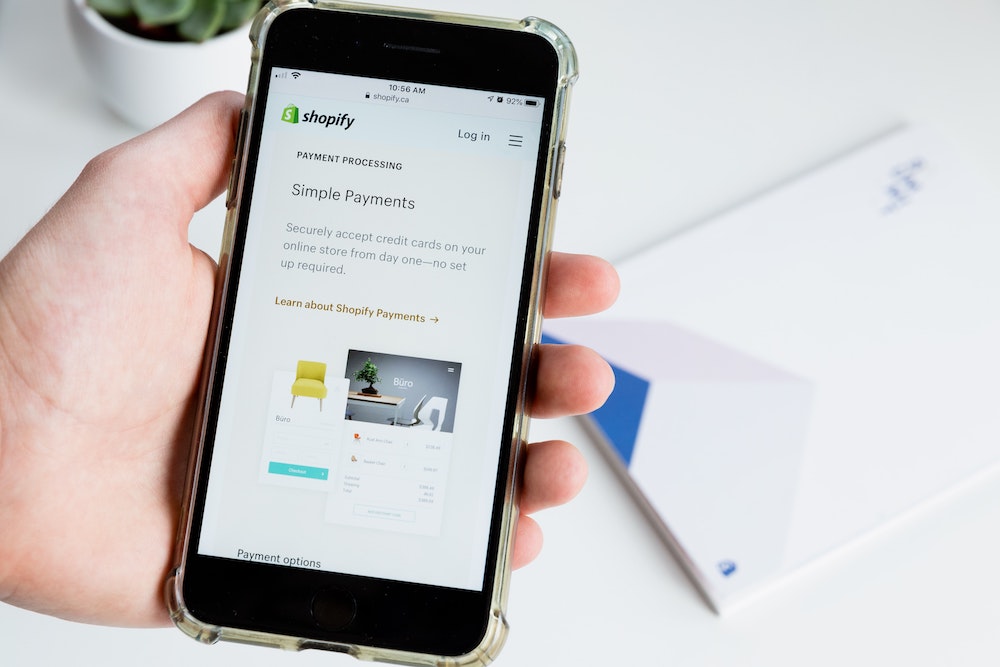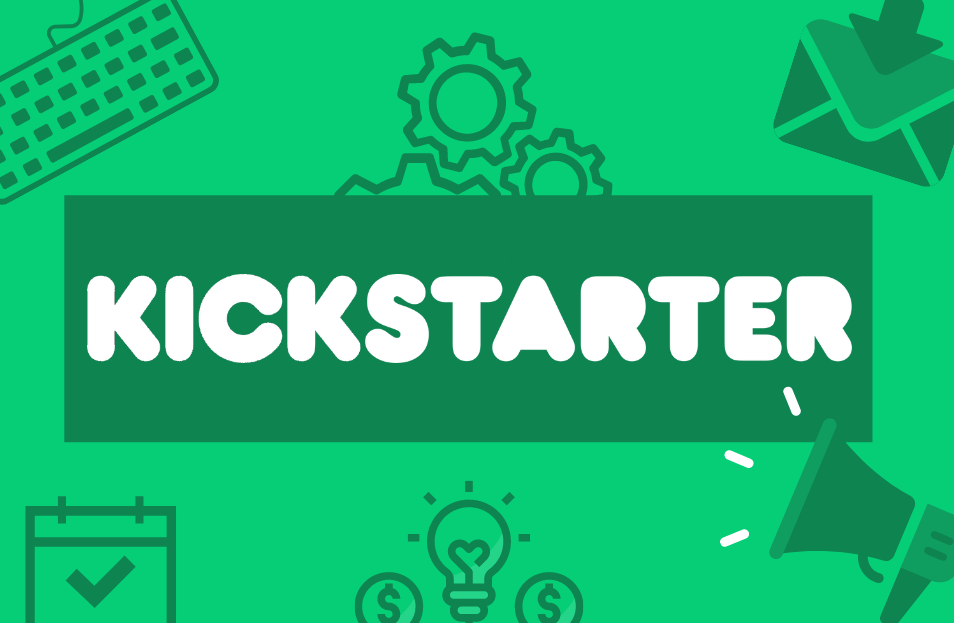Shopify is an e-commerce company headquartered in Ottawa, Ontario, Canada.
The platform enables online retailers to have a suite of services available at their disposal to receive payments, conduct marketing, complete shipping, and engage with customers.
Largely considered to be Amazon’s largest competitor when it comes to e-commerce, Shopify allows retailers to sell with their own domain — leading to better branding opportunities.
In this article, we’ll be giving you a detailed outline of Shopify operations, including:
- The History / Origins of the Company
- Stats as of 2021
- Platform functionalities
Let’s get started.
History of Shopify
Shopify was founded in June 2006 by German-Canadian billionaire Tobias Lütke and partner Scott Lake after they were dissatisfied with existing e-commerce platforms on the market.
Lütke, a computer programmer by trade, decided to build his own.
From there, the wheels were in motion:
- June 2009: Shopify launches application programming interface (API) platform that allows developers to create applications for Shopify online stores on the Shopify App Store.
- April 2010: Shopify launches a free mobile app on the Apple App Store which allows Shopify store owners to view and manage their stores on mobile devices.
- August 2013: Shopify announces the launch of Shopify Payments, permitting merchants to accept credit cards without requiring a third-party payment gateway.
- January 2014: Platform hosts 120,000 online retailers.
- May 2015: Shopify goes public for trading on the New York Stock Exchange, starting trading at $28.
The rise of Shopify came quick and is now touted as one of the most powerful e-commerce platforms for entrepreneurs. Let’s see just how much of an impact they’ve had to-date.
Shopify Stats
It’s no secret that Shopify has been making waves in the e-commerce space.
But just how big is it? And how has it grown over the years?
Here are some quick facts to give you a picture:
- Over 1 million merchants are now using the Shopify platform for their stores, with 500,000 of those considered to be “active.”
- Shopify operates in more than 175 countries around the world.
- There are more than 3,500 Shopify Plus stores
- Over 350,00 paid themes have been purchased by merchants
- Shopify is the third-largest online retailer in the United States behind only Amazon and eBay.
- Over one-fifth of all merchants were referred through partners, with those partner-referred merchants selling more than 73 million products per year.
- Major brands such as Nestle, Pepsi, Unilever, Budweiser, Penguin Books, Tesla Motors, and Red Bull use Shopify.
But the Shopify tentacles reach much deeper than just a wide collection of online stores. Their usage rates for other programs are extremely impressive as well:
- 87% of merchants use the more than 2,400 app offerings in the Shopify App Store.
- 25.8 million apps have been installed on the platform, with 80% of those coming from third-party apps.
- The Shopify POS system is used by more than 100,000 merchants for both online and in-store selling.
- Shopify received its billionth order in Q2 of 2018, with more than 218 million buyers using the platform per year.
- Mobile traffic accounts for 79% of all traffic and 69% off all orders.
- Conversion rates for Shopify stores via email is about 4.29%
Clearly, Shopify is trusted by merchants across the world.
But what makes their platform so desirable? Let’s investigate further.
Platform Functionalities (What is Shopify?)
According to Shopify’s website, the platform is:
A subscription-based software that allows anyone to set up an online store and sell their products.
But it’s important to understand that Shopify is not a singular product — it’s a commerce platform.
Shopify divides itself into their distinct ‘layers’:
- Core Product: What a business owner gets as soon as they purchase a Shopify plan. It includes templates for an online store, tools to sell across the world, integrated payment processing, converting checkout, and SEO/marketing tools. These elements make up the foundation for which their other products and apps are built.
- Additional Products & Services: “Powerful upgrades” that allow Shopify customers to grow their business on the platform. Access to capital and accelerated payment options are featured in this layer. These elements are designed to help independent business owners get a leg-up in the market through exclusivity.
- Apps Built by Partners: Third-party developers build applications that allow business owners to customize their store without having to “touch the code.” From SMS apps to the latest social media network ad tools, almost any integration is a reality.
Conclusions: Should You Use Shopify?
Shopify is a powerful tool for entrepreneurs to build their dream online store and sell directly to consumers.
If you’re looking to build brand awareness and have control over your offerings (unlike with Amazon), then Shopify is probably a great option for you.
But wait — before you get too excited and launch your product or business on Shopify, there’s something you might want to do first.
It is extremely common for creators to launch a crowdfunding campaign before Shopify.
Why? For a few reasons:
- You can build up a crowd of dedicated customers, ensuring that by the time you launch your e-commerce store, you already have a pool of customers waiting.
- You can gauge interest for your product and make alterations / corrections.
- You can understand what marketing techniques are effective before you place an order for a minimum quantity.
Think crowdfunding before Shopify could be a good option for you?
Visit this article to learn more.
You should also check out our blog, podcast, and Youtube channel for helpful insights.
Looking for more personalized guidance?
Book a coaching call with e-commerce and crowdfunding expert Salvador Briggman. He’s helped bring hundreds of products to life, and he’s ready to assist you however needed!
We hope that this article has been insightful for you to learn about the Shopify platform. For more information, check out this comprehensive article.
Good luck on your e-commerce journey!










